
Analysis of Real vs. Capital Injection Methods for US Companies
Parsing Paid-in Capital and Nominal Capital An Analysis of Capital Injection Methods in American Companies
In the realm of corporate finance, understanding how companies inject capital is essential for evaluating their financial health and operational strategies. Two primary methods of capital injection that stand out in the United States are paid-in capital and nominal capital. These terms refer to different approaches through which businesses raise funds, each with its own implications on liquidity, ownership structure, and risk management.

Paid-in capital, often referred to as share capital or equity, represents the actual amount of money that shareholders have invested in a company by purchasing its shares. This form of capital is typically generated when a company issues stock to investors, either during an initial public offering IPO or subsequent private placements. According to recent financial reports, many tech startups in Silicon Valley have relied heavily on paid-in capital to fuel growth and innovation. For instance, a leading electric vehicle manufacturer raised over $1 billion in paid-in capital last year, enabling it to expand production facilities and enhance research and development efforts.
The process of generating paid-in capital involves issuing shares at a price determined by market demand. Investors receive shares in exchange for their investment, thereby becoming partial owners of the company. This method not only provides immediate access to funds but also aligns the interests of shareholders with those of the company's management. As noted by industry analysts, paid-in capital is particularly advantageous for high-growth companies that require substantial upfront investment to achieve economies of scale.
On the other hand, nominal capital refers to the stated or authorized value of shares issued by a company. Unlike paid-in capital, nominal capital does not reflect the actual amount of money received from investors. Instead, it serves as a legal placeholder that defines the minimum amount of capital a company must maintain to comply with regulatory requirements. In the U.S., nominal capital is often set at a nominal value per share, such as $0.01, which is significantly lower than the market price at which shares are sold.
Despite its symbolic nature, nominal capital plays a crucial role in corporate governance. It ensures that companies maintain a certain level of financial integrity while providing flexibility in raising additional funds. A case in point is a major pharmaceutical company that recently increased its nominal capital to accommodate future expansion plans. By doing so, the company was able to issue new shares without violating regulatory thresholds, thus preserving its ability to attract further investments.
The distinction between paid-in capital and nominal capital becomes particularly relevant during periods of economic uncertainty. During the global financial crisis of 2008, many American corporations faced challenges in maintaining adequate liquidity. In response, some firms opted to increase their paid-in capital by issuing new shares, while others focused on optimizing their nominal capital structures to minimize dilution. Such strategic adjustments underscore the importance of balancing these two forms of capital to achieve long-term sustainability.
Moreover, the interplay between paid-in capital and nominal capital influences dividend policies and investor relations. Companies with higher paid-in capital tend to offer more attractive dividend yields, as they have greater financial resources to distribute among shareholders. Conversely, firms with robust nominal capital structures can better withstand market fluctuations, providing reassurance to investors about the company's resilience. This dynamic has been evident in recent earnings reports from several Fortune 500 companies, where strong nominal capital positions have translated into stable dividend payouts despite challenging market conditions.
From a regulatory perspective, both paid-in and nominal capital are subject to stringent oversight to protect investors' interests. The Securities and Exchange Commission SEC requires companies to disclose detailed information about their capitalization in annual reports and prospectuses. This transparency enables stakeholders to assess the company's financial standing and make informed decisions. Furthermore, the SEC mandates regular audits to ensure compliance with capital adequacy standards, reinforcing the integrity of the capital injection process.
In conclusion, paid-in capital and nominal capital represent distinct yet complementary approaches to capital injection in American companies. While paid-in capital provides immediate funding through shareholder investments, nominal capital offers a legal framework for maintaining financial stability. Together, these mechanisms enable companies to navigate complex financial landscapes, support growth initiatives, and foster investor confidence. As the business environment continues to evolve, understanding the nuances of these capital injection methods will remain vital for stakeholders seeking to navigate the intricacies of corporate finance.
Helpful (0)
No help (0)
Still have questions after reading? More than 98,000 users have contacted us. Please fill in the following information to obtain business information.

Service Scope
MoreRecommended for You
- Starting a Company in Singapore Is Easier Than You Think! A Step-by-Step Guide from Registration to Launch, and How to Seize Your Next Big Entrepreneurial Opportunity
- What Special Procedures Do You Need to Open a Company in Singapore? This Practical Guide Will Get You Started Smoothly!
- Do Singapore Companies Really Need Annual Audits? Here’s Why They Matter and How They Affect Your Business
- Complete Guide to Singapore Company Annual Filing A Must-Read Handbook for Business Owners
- How to Start a Company in Singapore A Step-by-Step Guide to the Process and Benefits
- How to Register a U.S. Business for Your Singapore Company? A Step-by-Step Guide to Master the Entire Process
- Dollar NRA Accounts Unlocking New Opportunities in Wealth Management - Have You Tried One Yet?
- Under a VIE structure, how do domestic shareholders pay income tax? Here are the key issues you need to understand
- Step-by-Step Guide to Easily Register a Company in Singapore - Key Steps Fully Explained!
- Step-by-Step Guide to Registering a Company in Singapore and Easily Unlocking Global Markets
- Opening a Personal Bank Account in Singapore? Here’s a Step-by-Step Guide to Help You Through the Whole Process and Key Things to Watch Out For!
- How to Choose a Reliable Accounting Firm to Manage Your Finances When Starting a Business in Singapore
- Thinking of starting a company in Singapore? Here’s what you need to know about registration requirements!
- Why Are More People Choosing to Register a Company in Singapore? A Simple Guide to the Full Process and Benefits for Individuals
- How to Start a Company in Singapore? A Complete Guide to the Registration Process and Practical Tips
- How to Handle Accounting and Tax Filing for a Singapore Company? Key Steps and Important Tips You Should Know
- Standard Chartered Bank Singapore Smarter, Easier Money Management
- How to Register a Company in Singapore? A Step-by-Step Guide with Required Documents and Tips to Avoid Common Mistakes
- Why Are More and More Chinese People Starting Companies in Singapore? There’s Actually a Lot Behind It
- Want to open a bank account in Singapore? Here's a step-by-step guide to help you get started from scratch!


 ONE
ONE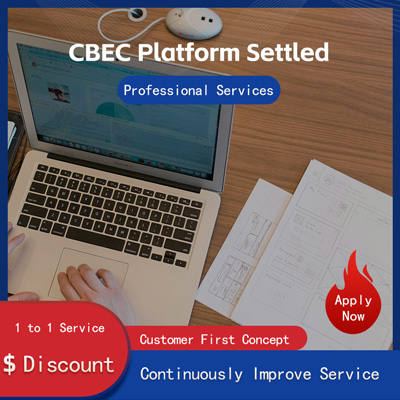
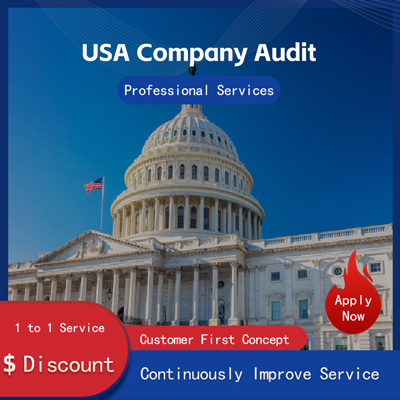
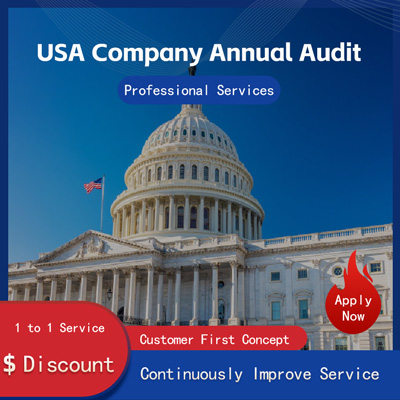
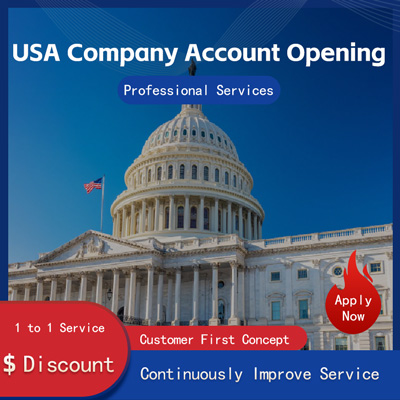
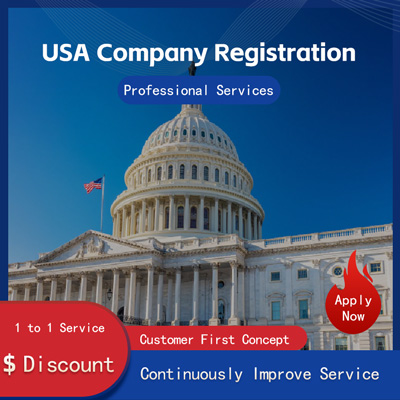
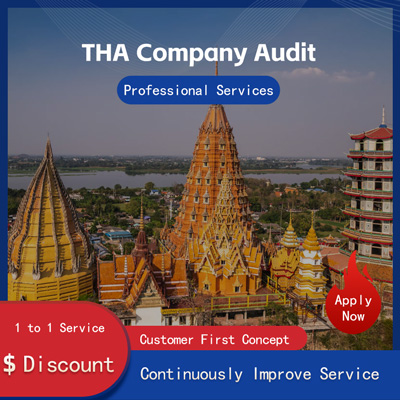
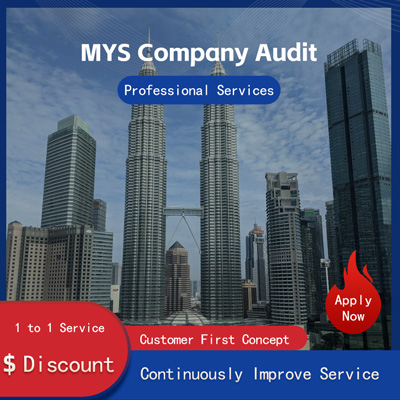
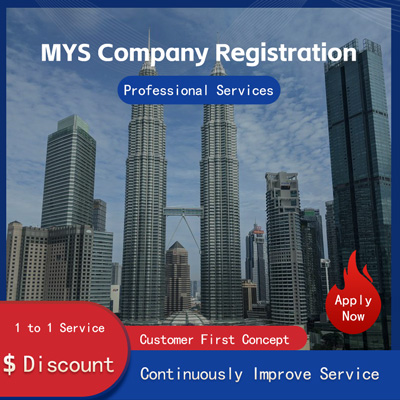
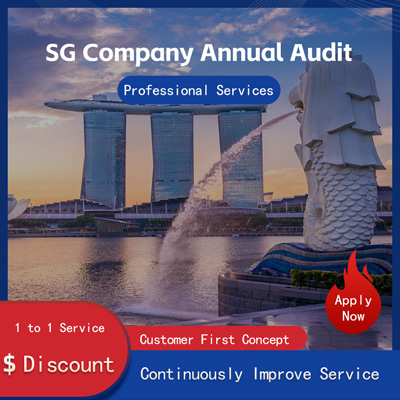
Customer Reviews
Small *** Table
December 12, 2024The experience was very good. I was still struggling to compare it with other companies. I went to the site a few days ago and wanted to implement it as soon as possible. I didn't expect that everything exceeded my expectations. The company is very large, with several hundred square meters. The employees are also dedicated and responsible. There is also a wall of certificates. I placed an order on the spot. It turned out that I did not make a wrong choice. The company's service attitude is very good and professional. The person who contacted me explained various things in detail in advance. After placing the order, the follow-up was also very timely, and they took the initiative to report the progress to me. In short, I am very satisfied and recommend this company!
Lin *** e
December 18, 2024When I first consulted customer service, they recommended an agent to me. They were very professional and patient and provided excellent service. They answered my questions as they came in. This 2-to-1 service model is very thoughtful. I had a lot of questions that I didn’t understand, and it’s not easy to register a company in Hong Kong. Fortunately, I have you.
t *** 7
December 19, 2024I originally thought that they only did mainland business, but I didn’t expect that they had been doing Hong Kong business and were doing very well. After the on-site interview, I decided to ask them to arrange the registration of my Hong Kong company. They helped me complete it very quickly and provided all the necessary information. The efficiency was awesome. It turns out that professional things should be done by professionals.👍
b *** 5
December 16, 2024In order to register a company in Hong Kong, I compared many platforms and stores and finally chose this store. The merchant said that they have been operating offline for more than 10 years and are indeed an old team of corporate services. The efficiency is first-class, and the customer service is also very professional.